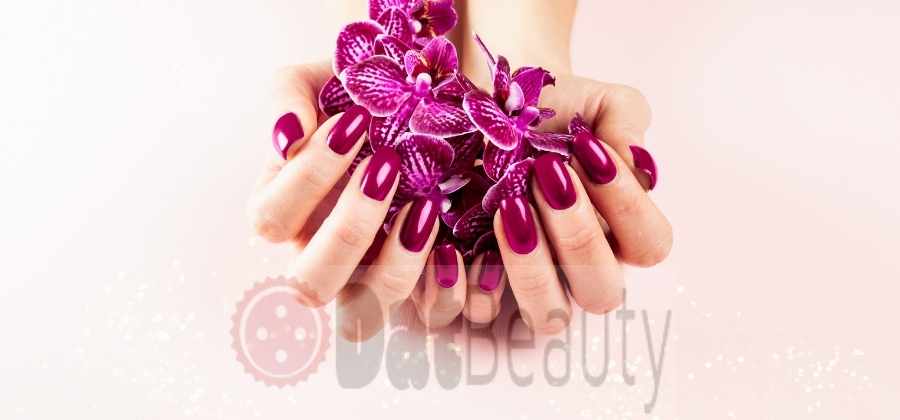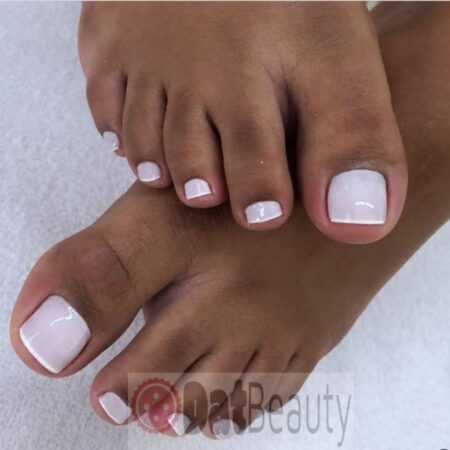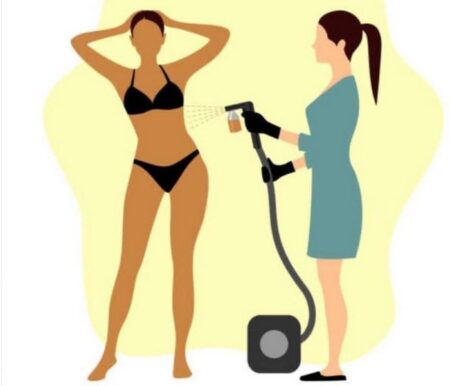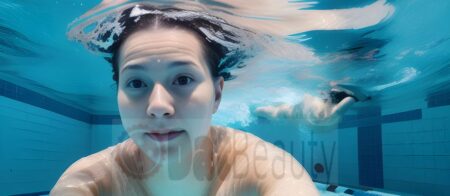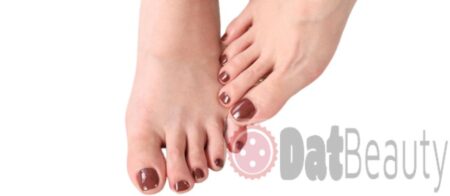Acrylic nails can be a great way to make your natural nails stronger. They are also the perfect accessory for short nail beds, and they come in a variety of colors that look amazing on any skin tone. Acrylics will stay chip-free for at least two weeks – which is much longer than most salon manicures.
Advantages of acrylic nails
They look natural when applied properly. Acrylic can make your nails look longer and more slender. And they can cover a short, crooked nail bed or a discolored nail completely, making them appear longer and healthier.
Acrylic nails look a lot better than natural ones, and they can cover up any small cosmetic flaws. They are also much harder and stronger than your own nails, so you don’t have to worry about breaking one.
Most importantly, acrylic nails do not require nearly as much care as natural ones. You never have to worry about trimming or filing them, which is great for people who still want the benefits of having long nails without the hassle.
Your hands always look professional and neat – When going on a date or going out with friends, you won’t need to spend time doing your nails – Acrylics will make your fingers appear slimmer – You can wear any type of nail polish you want – Acrylics never chip, flake or fade
They are Affordable?
They are much cheaper to buy than gel nails. But the difference in price between acrylic nails and gel nails is much larger when it comes to professional salon prices. They are much, much more affordable than nail extensions.
Are Acrylic Nails Better Than Gel Nails?
The answer to this question is not cut and dry. Acrylic nails are thicker than gel nails, but the difference in thickness can be a positive or a negative depending on your personal preference. The biggest benefit of a gel manicure is that it lasts for a couple of weeks without chipping or peeling, while an acrylic manicure begins to wear off after about a week – causing the need for more frequent salon visits. However, since gel nails require tools that aren’t always available when you’re at home getting ready, having acrylics handy can save you if you want to add length or width yourself when necessary.
Do Acrylic Nails Look Natural?
Technically, yes. But they can be very obvious if you don’t buff the surface of your natural nails before applying them. A natural nail with a thick, white coating will look like an acrylic nail — even to someone who’s never had them done before. To avoid this problem, just give your bare nails a good filing until you’re able to see your real nail bed underneath the tips of your fingers. You should also use toothpicks or orange sticks to gently push back your cuticles for a more realistic look so there isn’t any white visible beneath the fake nails.
Are Acrylic Nails Safe?
When used properly and cared for correctly, most are safe to wear on fingers or toes but there are some precautions you should take. There are different types of acrylic nails, but the most common are free-form acrylics. These are not made to fit your natural nail exactly, so they’re more likely to catch on things and rip or tear – especially if you have tips that extend past your fingertips or your toes.
What to expect first time doing acrylics?
- Prepare your nails
Start by trimming the length of your nails with a nail clipper. Cut just below the natural curve of the nail so you don’t expose any white areas. Next, shape each one into a squared-off oval – or whatever shape fits your preference. You can file them to the desired shape using either an electric sander or a fine-grit emery board (or do this at home after getting acrylics). If you have naturally oily nails, use an oil-absorbing product before applying fake nails to minimize the risk of bubbles that are harder to hide under longer acrylic nails.
- Apply gloves before doing anything that might scrape against your new acrylics
You should always wear gloves when you do housework, gardening, and any other activity where you might make accidental contact with your new nails. This will help prevent nicks that can tear the acrylics or damage the underlying nail bed.
- Buff gently for a smooth surface
Buff your natural nails as smoothly as possible before applying fake ones. If you don’t, the base coat of acrylic won’t adhere to your nails as well – which means it’s more likely to peel and flake off later on. You also want to avoid cutting yourself while shaving or wounding yourself at home — especially if your acrylic nails aren’t bonded closely enough to cover all the surfaces of each nail bed. Wounded skin underneath an artificial nails is vulnerable to infection and always requires medical attention.
- Don’t try to grow out your own nails under acrylics
If you have healthy natural nails, don’t let them grow too long before getting acrylics or they might curl or bend easily. Grow them out just enough so the fake nails fit over the top without causing any lifting. If your original nails are weak, keep wearing acrylics for as short a time as possible until they are strong enough to support themselves.
- Keep it clean!
Keep eating utensils separate from those used by other people in the house so you don’t transfer bacteria and viruses from one person to another on shared utensils (or surfaces). It’s also important not to pick at your extensions while you’re wearing them.

